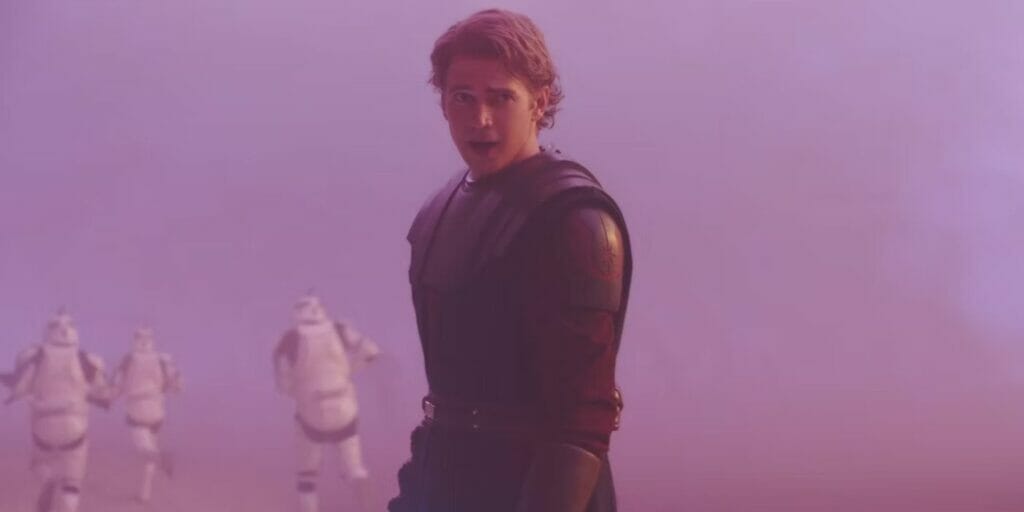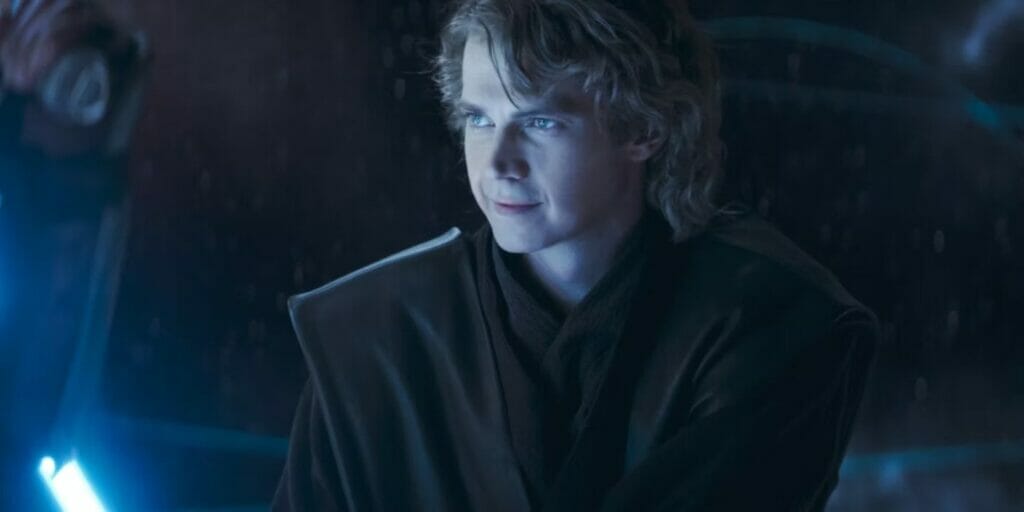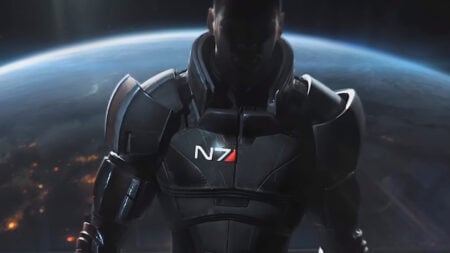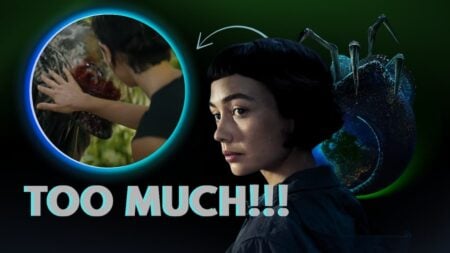Skip To...
It’s an old observation to point out that only around 20% of Star Wars is about the wars, though Ahsoka argues otherwise. Sure, Jedi and Sith sword fights technically take place during the war, but they mean little to the individual troopers struggling in the trenches. The new crux of Ahsoka‘s narrative arc is a trip down memory lane that happens to pass through the Clone Wars for a lesson in meaning.
When the Jedi Became Soldiers
I think the most critical moment in Ahsoka‘s Clone Wars flashback comes before the exchange of blades with her old master. They’re on the battlefield when Anakin tells her that his time with her was different than with Obi-Wan. He tells her that the Jedi used to be peacekeepers, but the darker times forced them to become soldiers. A moment later, he briefly flashes into Darth Vader in the fog. The implication is clear. His fall from grace didn’t start with Sidious’s temptation or his mother’s demise. Anakin Skywalker started the path to the dark side when he decided that the place for Jedi was on the battlefield. He now realizes that he’s more than that.
Ahsoka Tano has led a difficult path through the Star Wars franchise. She was fourteen when the Clone Wars began. Order 66 claimed most of her friends as her beloved master became the most evil man in the universe. The latest show is giving her the chance to process some of that grief, but changing her outlook is more important. She’s been a fighter since the early days. She knows how to cross swords and lead soldiers but doesn’t know how to see herself as a complete person. Anakin’s new lesson to Ahsoka is that there’s goodness inside of her. Even if the terrible things they did were for the right reason, nobility, self-sacrifice, and the longing for peace are deep within. Anakin knows because they’re in him, too.
Ahsoka Joins the Latest Disney Plus Shows on War
Andor, Obi-Wan Kenobi, and even parts of The Mandalorian take time out of their storylines to address the effects of the war on its participants. Andor‘s Luthen Rael delivers the most moving monologue of the franchise as he outlines the sacrifices he’s made to grant the galaxy freedom. Obi-Wan spots a clone trooper discarded and begging for change after the war. The Mandalorian depicts Carson Teva and his men trying to establish order after the power vacuum created by the Empire’s fall. Teva’s back in Ahsoka, granting the show the perspective of a ground-level troop among the high-value heroes. The shared message is succinct if delivered in different tones. The titular Star Wars create destruction, chaos, orphans, and misery for all involved. The losers are vaporized, while the winners have to live with what’s left behind.
Ahsoka argues that the war turned Jedi, Rebels, and innocent people into their worst selves before throwing them away. Ahsoka is still fighting against the last remnants of the Empire and the remaining Sith, but also against herself. Her transformation into a fully realized Jedi comes alongside her acknowledgment of Anakin’s advice. Andor told us to stand up and fight. Obi-Wan told us we can’t run from our past. Ahsoka, at long last, tells us there has to be something after all the fighting. Anakin asked her to choose life or death. In choosing life, she finds the drive, focus, and meaning that decades of death denied her. Ahsoka teaches us to learn from our past but to look forward to our future.
RELATED:
Who Is Captain Enoch in Ahsoka?
War is more than a background element of Ahsoka. It’s the central theme behind the story. The heroes aren’t technically at war, but Ahsoka Tano has only just left the battlefield. Combat has made her something she never wanted to be, even if she made the right decision every time. Star Wars has finally found something new to say about the galaxy-spanning battles it’s been depicting for almost fifty years. Ahsoka is still a little heavy in the fanservice, but it’s found new avenues to take its characters down. Hopefully, the final acts of the series will find Ahsoka Tano’s life outside the war.









